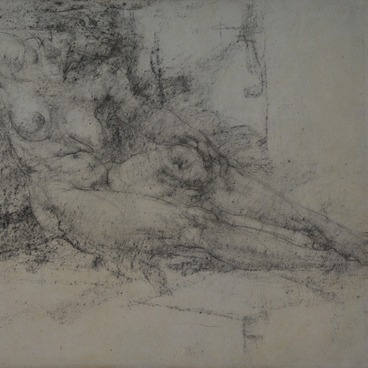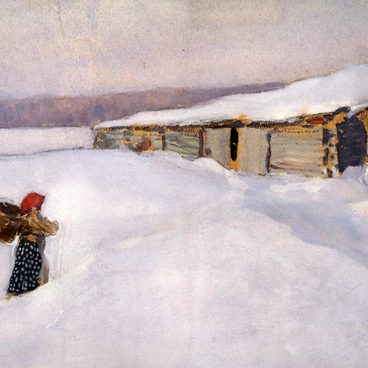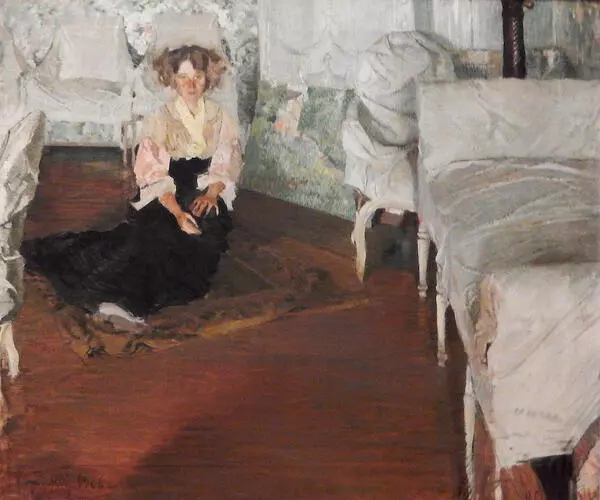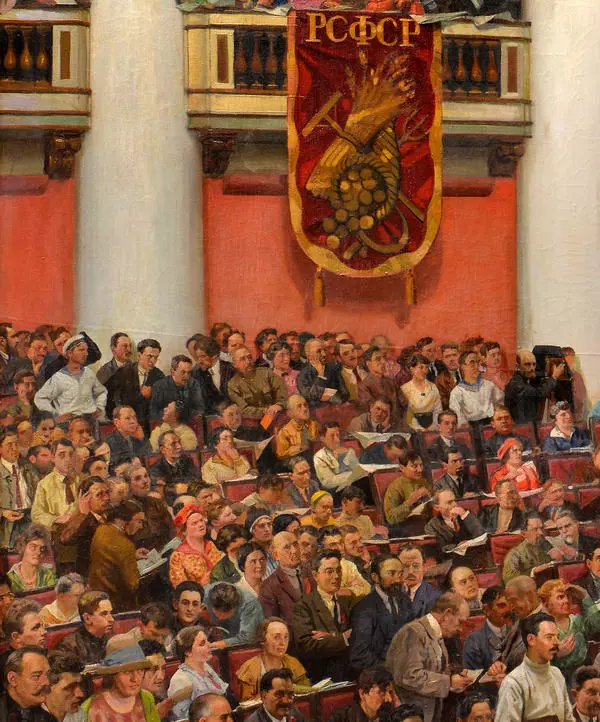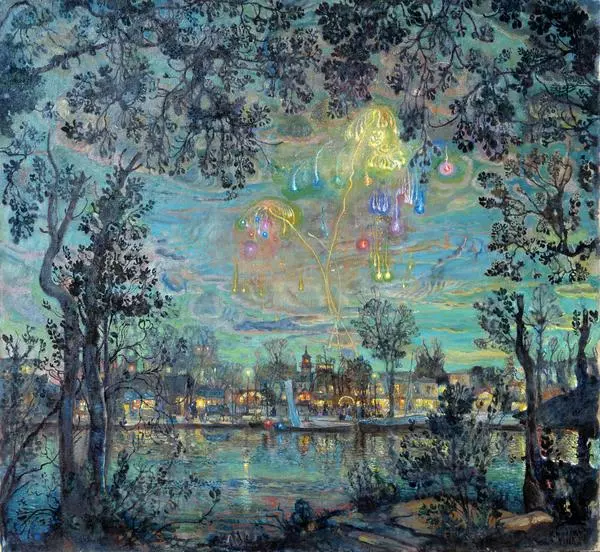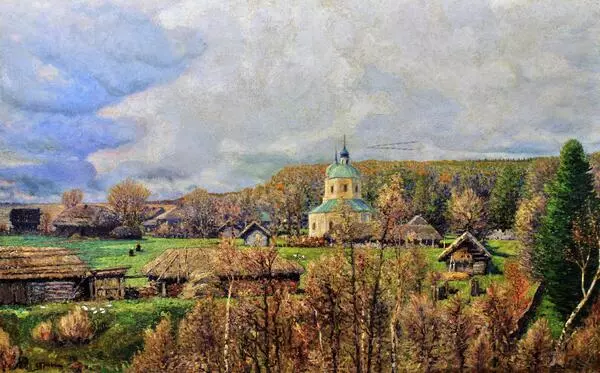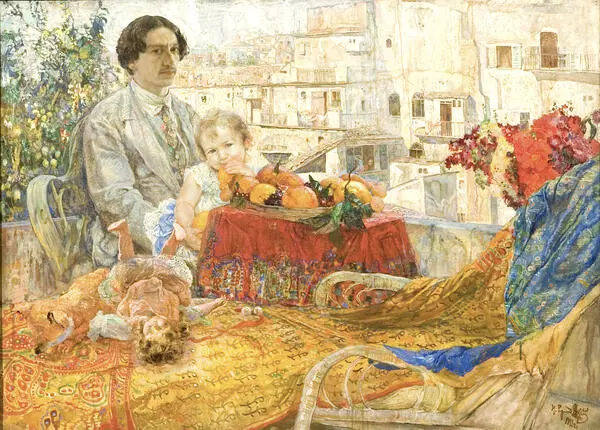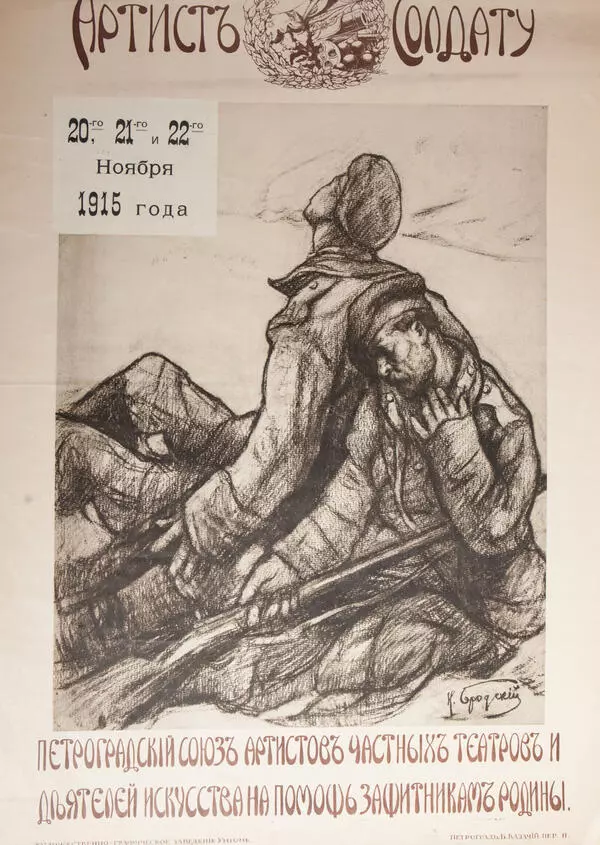The Russian painter, graphic artist and teacher Isaak Izrailevich Brodsky was born in the village of Sofievka in Taurida Governorate in 1884. At the age of 14, he graduated from the Berdyansk City School and entered the Odessa Art School.
Isaak Brodsky traveled to Odessa with his father on a steamship. They stopped on the way in Feodosia to see their relatives and to visit the gallery of the painter Ivan Konstantinovich Aivazovsky. Isaak was very impressed by the marinist’s work when he visited his studio.
In 1902, Isaak Brodsky moved to St. Petersburg, where he studied at the Higher Art School of the Imperial Academy of Arts under the painter Ilya Repin.
At the age of 27, Isaak Brodsky toured European countries, visiting Germany, France, Spain and Italy. It was there that he created his painting “Seine Embankment”.
Upon his return, the artist participated in exhibitions of the Academy of Arts, the Society of South Russian Artists, the Society of Traveling Art Exhibitions and others.
In the summer of 1917, he painted a portrait of the political figure Alexander Fedorovich Kerensky, and after the October Russian Revolution the artist often created portraits of Bolshevik leaders.
From the 1920s, Isaak Brodsky opted for a new movement in painting — socialist realism. It was then that the artist took part in the opening of the Second Congress of the Communist International in Petrograd. Following this, he worked for four years on the monumental painting “The Inauguration of the Second Congress of the Comintern in the Uritsky Palace in Leningrad”.
In the 1930s, Brodsky was engaged in the reorganization of art education in the USSR.
At the age of 49, Isaak Izraelievich was awarded the title of Professor. In 1934, he became director of the All-Russian Academy of Arts.
In 1939, the artist died. He was buried in the “Literatorsky Mostki” part of the Volkovo Cemetery in Leningrad.
During his career, the painter amassed a large
collection of works of Russian art. Among them were works by the painter Isaak
Ilyich Levitan, graphic artist Konstantin Andreyevich Somov, artist Nicholas
Konstantinovich Roerich and many others. According to him, his collection could
easily compete with any major museum, with the exception of the Tretyakov
Gallery and the Russian Museum.


